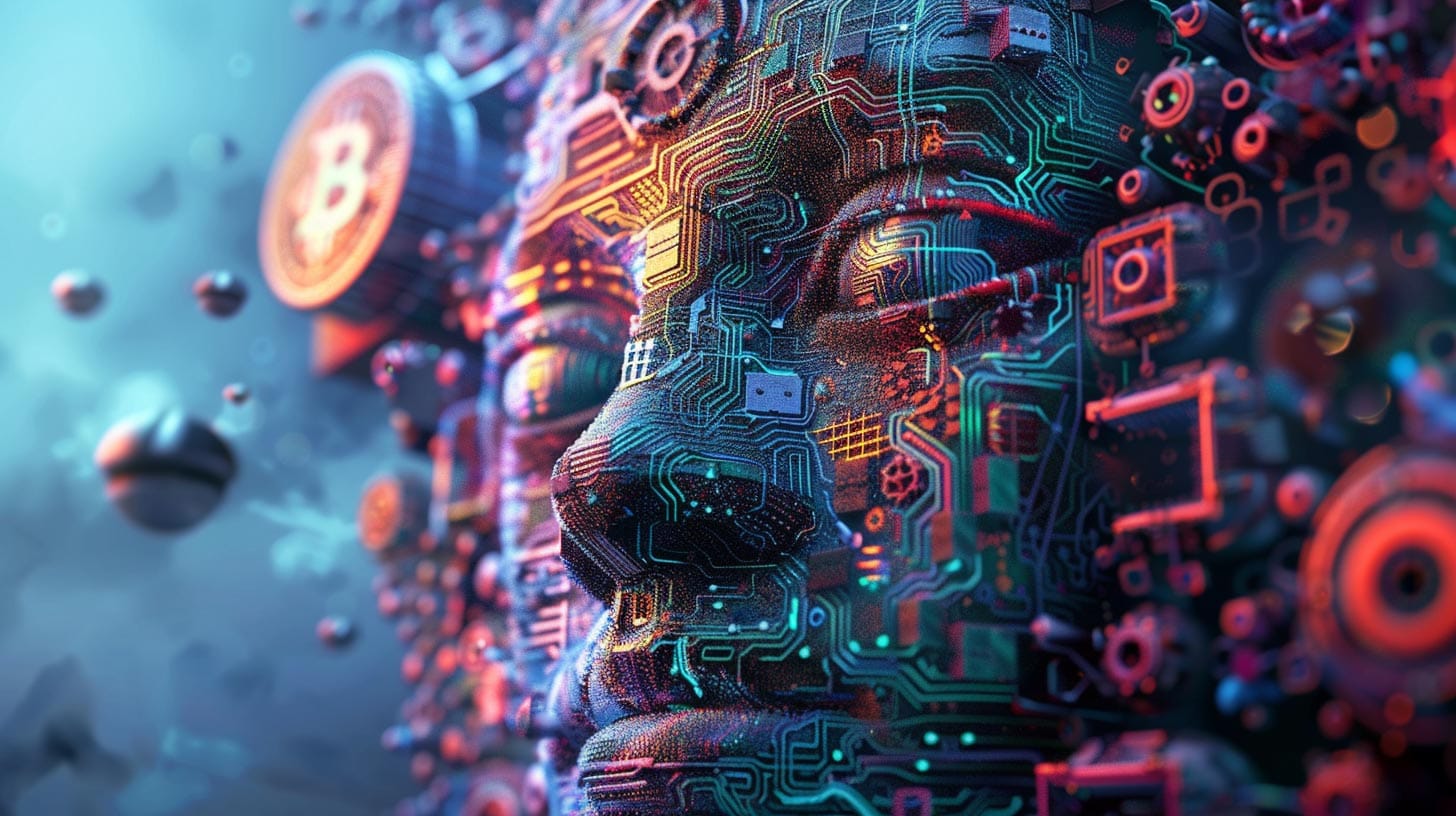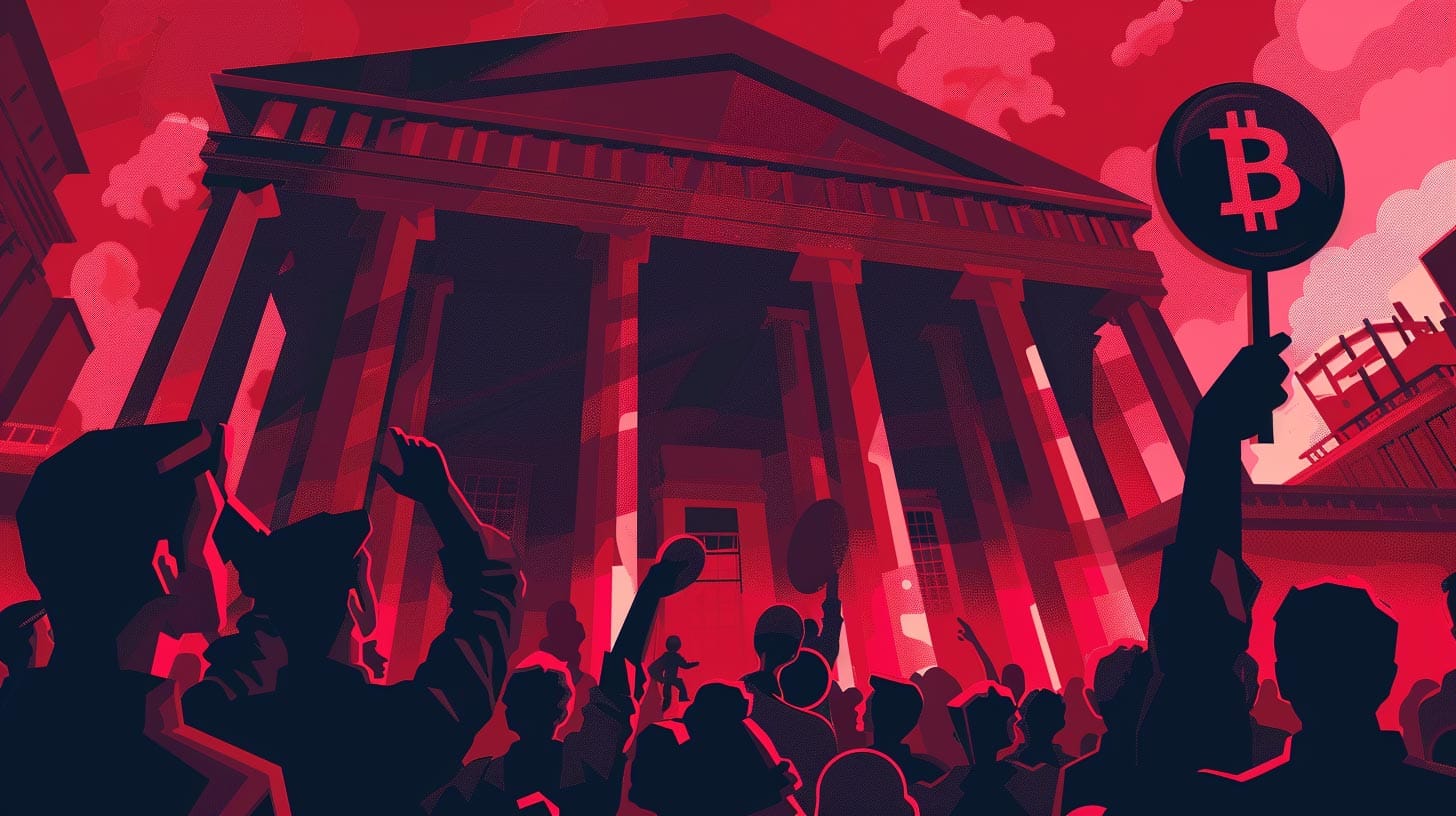Understanding the Role and Reach of DAOs
Decentralized Autonomous Organizations, or DAOs, represent a groundbreaking shift in the way governance and organizational management are approached in the digital age. By leveraging blockchain technology, DAOs operate on a network of rules encoded as smart contracts, which are executed automatically, ensuring transparency and integrity in decision-making processes. This structure allows DAOs to operate without a central authority, enabling a truly democratic and decentralized governance system.
In this article, we delve into the practical applications of DAOs across various industries. From revolutionizing decentralized finance (DeFi) to transforming art and collectibles markets, and even reshaping how decisions are made within communities, DAOs are proving to be versatile tools for innovation. By exploring real-world use cases, we aim to illustrate not only the versatility of DAOs but also their potential to fundamentally alter economic and social systems by providing more inclusive and equitable participation models.

Use Case 1: Decentralized Finance (DeFi)
Decentralized Finance, commonly referred to as DeFi, is a rapidly growing sector within the blockchain ecosystem that DAOs are uniquely positioned to revolutionize. By eliminating traditional financial intermediaries, DeFi platforms allow users to lend, borrow, trade, and earn interest on their assets through purely digital channels. DAOs enhance this framework by introducing decentralized governance into financial protocols, ensuring that decisions regarding development, upgrades, and financial policies are made collectively by the community rather than a centralized authority.
Key Use Cases in DeFi:
- Decentralized Lending and Borrowing: DAOs facilitate platforms where individuals can lend their crypto assets to others and earn interest or borrow by putting up collateral, all managed through smart contracts. This system democratizes access to capital and credit, often at competitive rates compared to traditional banking.
- Yield Farming: This involves earning rewards, typically in the form of additional cryptocurrency, by staking or lending digital assets. DAOs govern how these rewards are distributed and how the underlying protocols interact with users and other DeFi platforms.
- Liquidity Provision: DAOs enable users to pool their assets to provide liquidity for trading pairs on decentralized exchanges. In return, liquidity providers earn a portion of the transaction fees based on the amount of liquidity they provide. This is crucial for ensuring that there is enough capital within the ecosystem for trading and other financial activities.
Examples of DeFi Projects with DAO Structures:
- Compound: This DeFi protocol allows individuals to borrow and lend Ethereum tokens through a decentralized market. Lenders earn interest while borrowers pay interest, and the rates are determined algorithmically based on supply and demand. The Compound governance system, managed by a DAO, enables token holders to propose, debate, and implement changes to the protocol.
- MakerDAO: One of the earliest projects in the DeFi space, MakerDAO issues the DAI stablecoin, which is pegged against the US dollar but is entirely decentralized. Governance decisions, such as adjusting fees or modifying collateralization rates, are made by MKR token holders, ensuring that the protocol remains stable and responsive to market conditions.
Through these use cases and examples, it becomes clear how DAOs are not just participants in the DeFi sector but are foundational to its principles of open and inclusive finance. By leveraging the collective intelligence and capabilities of the community, DAOs ensure that financial systems are more resilient, transparent, and aligned with the needs of their users.

Use Case 2: Digital Art and Collectibles
The rise of blockchain technology has transformed the art world, particularly through the emergence of non-fungible tokens (NFTs). DAOs are at the forefront of this revolution, providing innovative ways to tokenize, manage, and trade digital assets. By embedding governance directly into the digital art and collectibles ecosystem, DAOs enable artists and collectors to maintain control over their works and ensure fair distribution and compensation.
Key Use Cases in Digital Art and Collectibles:
- Digital Art Ownership: DAOs facilitate the tokenization of digital art, allowing artists to issue NFTs that represent ownership of their creations. This not only secures the artists' rights but also enables them to engage directly with their audience without intermediaries.
- Fractionalized Ownership of High-Value Assets: High-value assets, such as rare art pieces or collectibles, can be fractionally owned through DAOs. This process involves dividing an asset into smaller, more affordable shares represented by tokens, allowing broader participation from individuals who might not have the means to own such assets outright.
- Collectible Marketplaces: DAOs can create and manage decentralized platforms where users buy, sell, and trade collectibles. These marketplaces are governed by community rules set and enforced by the DAO, ensuring transparency and fairness in transactions.
Examples of DAOs in Digital Art and Collectibles:
- Flufworld: Flufworld operates as a vibrant ecosystem of 3D animated rabbit NFTs that can interact, reproduce, and participate in a virtual world. The DAO aspect of Flufworld allows token holders to influence developments and updates within the ecosystem, directly affecting the virtual environment and the utilities of the NFTs.
- PleasrDAO: This is a collective that acquires culturally significant pieces with the aim of democratizing access and ownership. It began by purchasing a digital artwork and has since expanded to include various other iconic pieces. The DAO governs decisions about future acquisitions and the management of existing assets, ensuring that all actions reflect the collective will of its members.
Through these use cases and examples, it is evident how DAOs are enhancing the ways digital art and collectibles are owned, shared, and valued. By leveraging decentralized governance, DAOs not only foster a more inclusive art market but also introduce new standards for ownership and exchange in the digital age.

Use Case 3: Governance and Decision-making
One of the core tenets of DAOs is their ability to democratize decision-making processes. This decentralization shifts control from a few centralized authorities to a broader community, allowing members to have a direct say in the operation and strategic direction of the organization. DAOs leverage blockchain technology to facilitate transparent and secure voting mechanisms, ensuring that every member's voice can be heard and counted.
Key Use Cases in Governance and Decision-making:
- Community Governance: DAOs empower their communities by giving each member a vote in decision-making processes. This model is often applied in settings where community-driven initiatives are crucial, such as in managing common resources or deciding on community funding allocations.
- Decentralized Organizations: In fully decentralized organizations, all aspects of management, including financial decisions, policy setting, and even staff hiring, can be governed by the community through proposals and votes. This structure ensures that the organization's direction aligns with the interests of its stakeholders.
- Voting Mechanisms: DAOs use various voting mechanisms to manage governance. These can range from simple one-member-one-vote systems to more complex schemes like quadratic voting, where the cost of each additional vote increases exponentially, preventing wealthier members from having disproportionate influence.
Examples of DAOs Empowering Community Governance:
- Decentraland: This virtual reality platform is governed by its users through the Decentraland DAO, which owns the most critical smart contracts and assets of Decentraland. The DAO decides on everything from content curation to land auctions, using a decentralized autonomous structure that ensures every landowner can vote on policy updates, land auctions, and community fund allocations.
- MolochDAO: Designed to fund Ethereum development, MolochDAO addresses the problem of coordination failures among contributors. Members can submit proposals for funding, which are then voted on by all members. This direct approach to funding allocation helps streamline the process and ensures that resources are directed where the community feels they are most needed.
Through these use cases and examples, DAOs are shown not only to facilitate but to fundamentally redefine governance, making it more inclusive and aligned with the needs and desires of the community. This shift towards decentralized decision-making processes in DAOs reflects a broader move towards transparency and equity in organizational governance, marking a significant step forward in how collective decisions are made and enacted.

Use Case 4: Social Impact and Philanthropy
DAOs have the potential to revolutionize philanthropy by making the process more transparent, accountable, and directly connected to the donors and beneficiaries. A prime example of this in action is Giveth, a platform that utilizes blockchain technology to facilitate donations directly to social impact projects without intermediaries. Giveth exemplifies how DAOs can support charitable causes effectively and openly.
Giveth's Contribution to Philanthropy:
Giveth connects donors with project creators, allowing them to see exactly where their contributions go and the impact they are making. This level of transparency is achieved through the blockchain, where transactions are recorded and visible to all. The platform supports donations in cryptocurrencies, broadening the potential donor base by allowing contributions from around the globe without the restrictions of traditional banking systems.
Expanding the Scope of DAOs in Philanthropy:
The success of platforms like Giveth opens the door to myriad other possibilities where DAOs can contribute significantly. By leveraging the DAO structure, communities can fund anything from public goods and environmental conservation projects to educational programs and healthcare initiatives. The decentralized and transparent nature of DAOs ensures that funds are used efficiently and that donors have a direct say in the governance and operation of the projects they support.
Other Hypothetical Use Cases:
- Healthcare DAO: Imagine a DAO focused on improving global healthcare accessibility. This DAO could fund clinics in underserved regions and invest in medical research, with decisions driven by donor votes.
- Education DAO: A DAO dedicated to education could support schools, provide scholarships, or fund educational technologies, especially in areas lacking access to quality education.
- Cultural Preservation DAO: This type of DAO could focus on preserving cultural heritage, funding restoration projects, digital archiving, and promoting awareness of diverse cultural histories around the world.
In conclusion, the possibilities for DAOs to make a positive impact are almost limitless. With the foundational success of platforms like Giveth, it's clear that the innovative use of DAOs in various sectors could redefine how we think about community involvement and philanthropy. These organizations provide a blueprint for how decentralized decision-making can be effectively applied to solve real-world problems, paving the way for a future where social impact is driven by community consensus and direct participation.
Join the Colony Community
Stay connected and dive deeper into the world of on-chain organizations with Colony. For the latest updates, insights, and discussions, follow us on our community channels:
- Website: Visit our website
- Twitter: Follow us on Twitter
- Discord: Join our Discord community
- Github: Find Colony on Github
Together, let's build the future of decentralized collaboration.